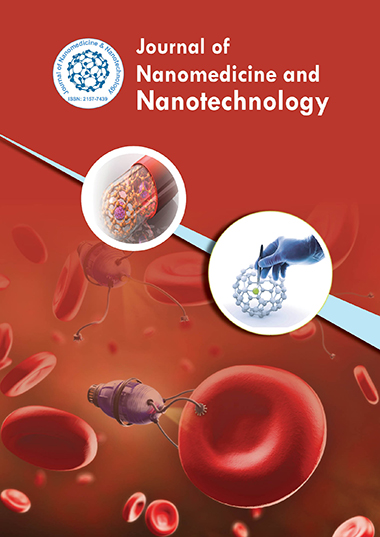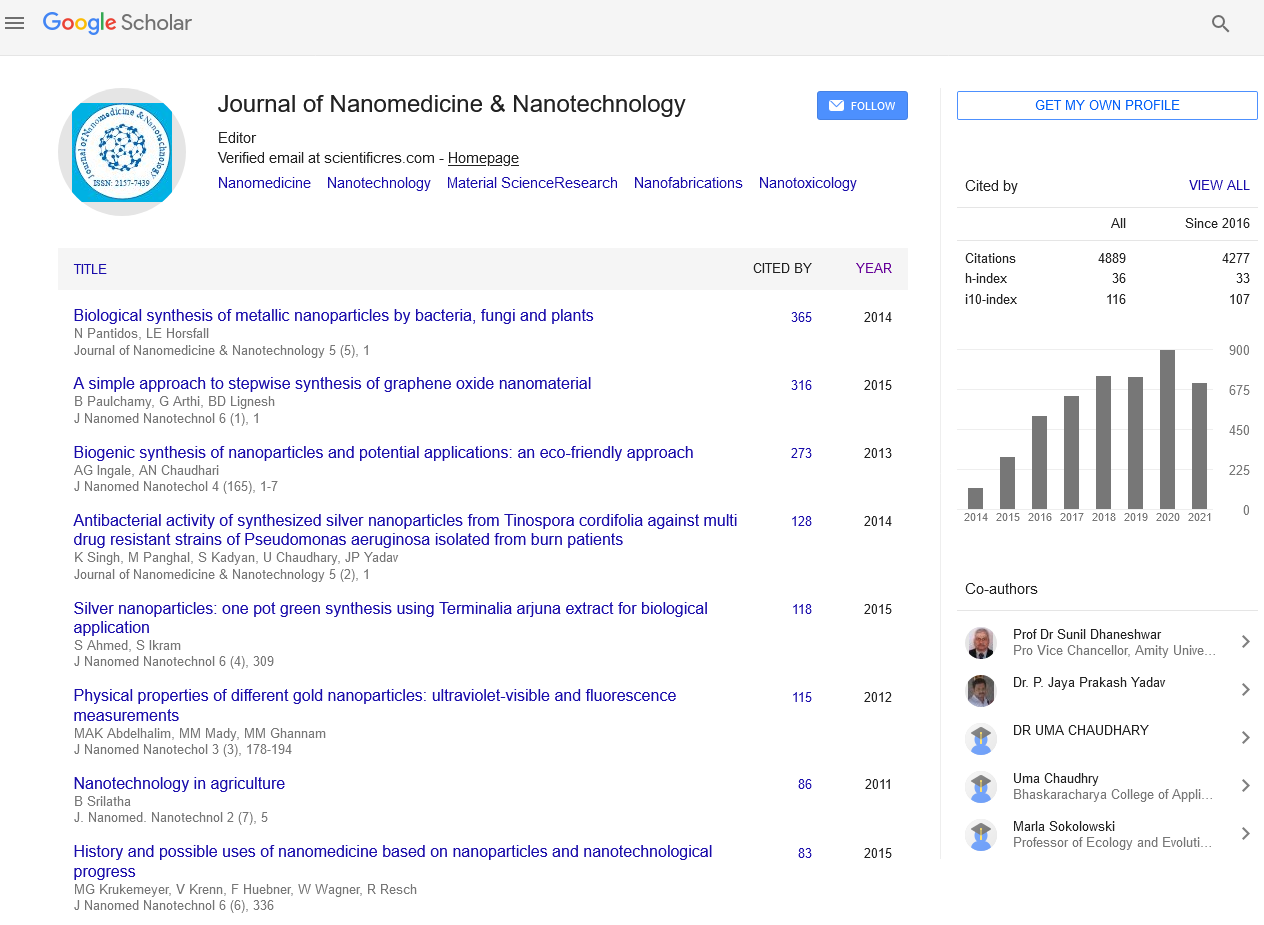Indexed In
- Open J Gate
- Genamics JournalSeek
- Academic Keys
- JournalTOCs
- ResearchBible
- China National Knowledge Infrastructure (CNKI)
- Scimago
- Ulrich's Periodicals Directory
- Electronic Journals Library
- RefSeek
- Hamdard University
- EBSCO A-Z
- OCLC- WorldCat
- SWB online catalog
- Virtual Library of Biology (vifabio)
- Publons
- MIAR
- Scientific Indexing Services (SIS)
- Euro Pub
- Google Scholar
Useful Links
Share This Page
Journal Flyer

Open Access Journals
- Agri and Aquaculture
- Biochemistry
- Bioinformatics & Systems Biology
- Business & Management
- Chemistry
- Clinical Sciences
- Engineering
- Food & Nutrition
- General Science
- Genetics & Molecular Biology
- Immunology & Microbiology
- Medical Sciences
- Neuroscience & Psychology
- Nursing & Health Care
- Pharmaceutical Sciences
Using intruded nano-catalysts to nano-oxidation pattern by atomic force microscope
5th International Conference on Nanotek & Expo
November 16-18, 2015 San Antonio, USA
Shao Chin Tseng
National Synchrotron Radiation Research Center, Taiwan
Posters-Accepted Abstracts: J Nanomed Nanotechnol
Abstract:
In this study, we describe a unique method for preparing �??atomic-scale�?� Au nano-clusters for use as highly active catalysts to enhance atomic force microscope (AFM) local oxidation. Here we thermally deposited an Au film on a Si substrate and found that, during the deposition process, some Au atoms would migrate and intrude into the ultra-shallow junction beneath the surface of the Si substrate as a result of their residual thermal or kinetic energy. Thus, in our process, we kept the native oxide on the Si substrate and deposited the Au film onto it. Some of the deposited Au atoms migrated through the porous structure of the native oxide to reach within the Si lattice, thereby forming the atomic-scale catalyst. Because most of the Au atoms remained as a film on top of the native oxide layer, it was readily removed using adhesive Scotch tape, as a result of the weak bonding between the Au atoms and SiO2 units. This method can be compared with the earliest fabrication of graphene; because graphite features relatively weak Vander Waals bonding between the layers of its structure, graphene can be obtained by adhering tape onto graphite and then peeling away a monolayer having a graphene structure. Therefore, the new intruded nano-clusters conductive layer such as Au reduces the current decay that results from increasing oxide resistance. Detailed methods and analysis will be reported in the conference.
Biography :
Shao-Chin Tseng has completed his PhD from Department of materials science and engineering, National Taiwan University. He is the Assistant Scientist of National Synchrotron Radiation Research Center. He studies on Nanotechnology, X-ray nano-probe, Optoelectronic Materials, Semiconductor Process, Biomedical Sensing. He has published more than 18 papers in reputed journals.
Email: tseng.sc@nsrrc.org.tw


